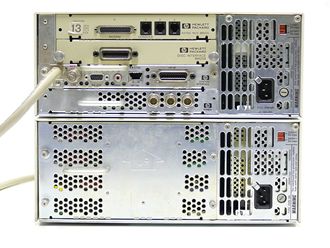 Global shipments of Fujitsu branded document scanners have passed 10 million and the outfit has opened the champers.
Global shipments of Fujitsu branded document scanners have passed 10 million and the outfit has opened the champers.
Since 1983, Fujitsu branded scanners have been designed, manufactured and marketed by PFU Limited, a wholly owned subsidiary of Fujitsu.
The outfit said that achieving the leading position in the document scanner market and reaching the 10 million milestone was only possible thanks to its sales partners in more than 100 countries have played a vital role.
Of course the press release banged on about thinks like “attention to customer detail” and constantly coming out with “great quality and new “innovative products, which are what every company says it does in a press release.
For example Mike Nelson, Senior Vice President, PFU (EMEA) said: “When developing products, PFU always has a focus on users’ needs and customers’ feedback. Combined with the engineers’ creativity, this has enabled us to create winning products with unique features and build a strong market position.”
Dunno why he bothered, those are the sorts of things that a company should be doing anyway.
PFU has launched a “10M achievement” website which uses the slogan “Good quality has 10 million reasons”, which contains messages as to why customers have consistently purchased Fujitsu scanners, this website will be sharing global campaign information as well as the history of PFU’s success.
 Fujitsu offers its managed service providers a package which could reduce the risk of exposure to infrastructure costs.
Fujitsu offers its managed service providers a package which could reduce the risk of exposure to infrastructure costs.

















